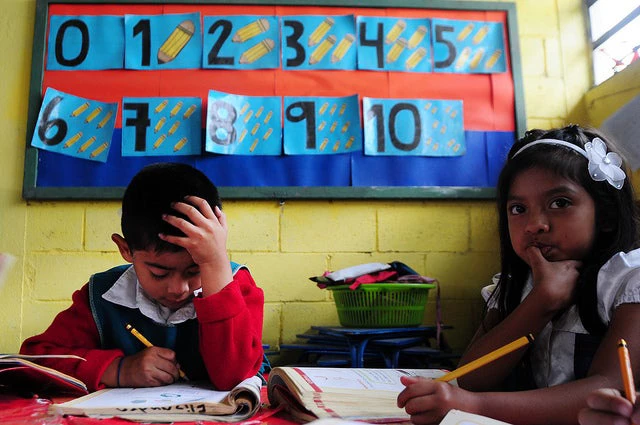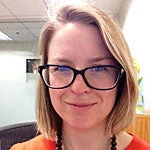
These days, Results-Based Financing (RBF) is a sexy term in the development world, with more and more projects focused on linking financing to pre-determined results. Just this past May, World Bank President Jim Kim committed to double results-based financing for education to US$5 billion over the next five years.
The Results in Education for All Children (REACH) trust fund aims to boost global knowledge in RBF, through research and operations. Supported by Norway, Germany, and USAID, it finances Knowledge, Learning, and Innovation (KLI) grants and country program grants.
REACH issued a call for proposals for KLI grants in Spring 2015 and nine grantees were selected. The trust fund is now launching a second call and we wanted to take this opportunity to share some of the lessons learned by members of the REACH team and selection committee:
- Um, what is RBF? The definition of RBF is fairly flexibly. At this stage of the game, that is probably a good thing. Some people think of it as a specific intervention, such as a conditional cash transfer. Others think of it in terms of a donor-to-recipient relationship. We like the definition that RBF Health has come up with, and use it as our guidepost: “Results-Based Financing is any program that rewards the delivery of one or more outputs or outcomes by one or more incentives, financial or otherwise, upon verification that the agreed-upon result has actually been delivered. Incentives may be directed to service providers (supply side), program beneficiaries (demand side) or both.”
- Using the “F” word. We’ve noticed that development practitioners are very comfortable being “results-based” and are happy to describe their activities and discussions with countries as such. But when it comes to financing, there is a tendency to shy away from explicitly setting the conditions for results. It’s usually easier, and more politically acceptable, to talk about the results (improved enrollment, reduced repetition) without linking to the money. Understandable, given the associated risks. But for us to unleash the full potential of RBF, there needs to be much more upfront discussion about how donors, and governments, are going to pay, or not pay, based on certain outcomes.
- Building the road to RBF. There is a need to establish pre-conditions before an RBF model can work, and REACH is willing to provide grants to build those foundations. This is a bit of a balancing act, and preliminary questions must be asked. What is the theory of change? How is RBF going to get you to the desired result? Can money incentivize the behaviors sought? Country systems and capacity should also be taken into account. How far away from RBF is the country? Are there systems in place to capture the results? Can the results be independently verified?
In some of the proposals received during the first call, there were teams that wanted to pursue RBF in countries that had little experience with the model, which doesn’t necessarily have to be a deterrent. REACH learned from the case of Tanzania’s “Big Results Now” project, that it was the political willingness, and not necessarily capacity, of the country government, that allowed RBF to take root. The bottom line: REACH wants to support both the building of the road that leads to RBF while ensuring that the road isn’t on a path to nowhere.
- It’s OK to fail. Sometimes people say this, but don’t mean it. We mean it. Our call for proposals explicitly indicates that we are open to funding innovative pilots in RBF. We are here to build the global evidence for what works, and what doesn’t. While we will also evaluate your proposal on methodological rigor and feasibility, we want to encourage a high tolerance for risk-taking, as well as for failure. But just be prepared to document it.
Follow the World Bank Group education team on Twitter and Flipboard .
For more information on results-based financing in education, visit our website .




Join the Conversation